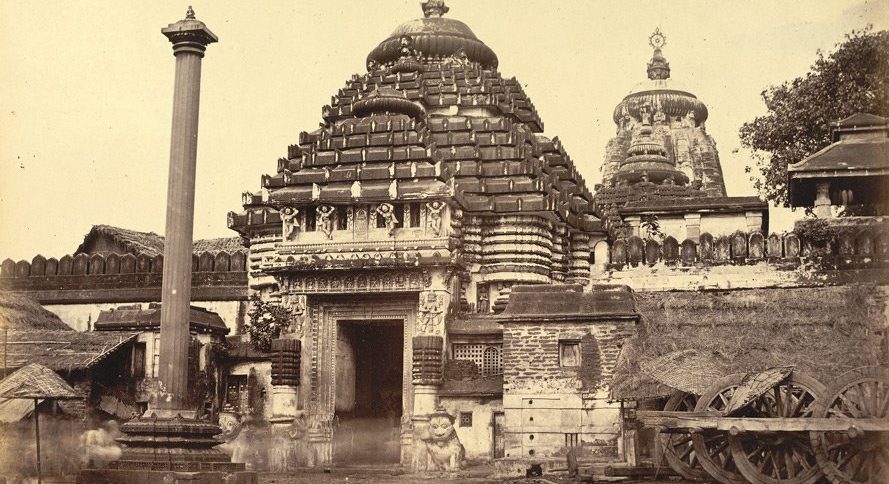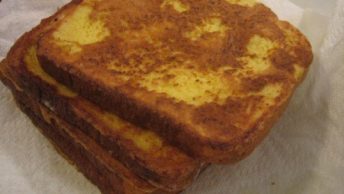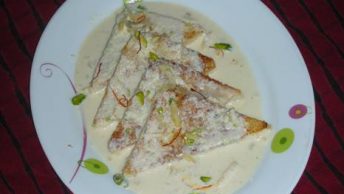That high pedestal within the precints of the Shri Mandira. Enigmatic and revered. The history behind the present Mukti Mandap is as fascinating as everything ele related to the Lord. The Mughal army sent by Akbar to conquer Khurda(then under King Ramchandra Deva)was repulsed by the valiant Paikas three times. Akbar’s general Mansimha then realised the futility of the repeated attacks and in recognition of the bravery of the Paikas,asked for truce and recognised King Ramchandradeva as the Raja of Orissa with full charge of the affairs of the Jagannath Temple of Puri.
The Madala Panji records that in the nineteenth year of Ramchandra Deva’s reign, Mansimha visited Puri for a darshan of Lord Jagannath. Gaurarani, the queen of Mansirnha saw that the old Mukti Mandapa was in a dilapidated state and she therefore contributed towards the building of the present Mukti Mandap, also called Brahmasana, with sixteen pillars, each pillar reserved for one ‘sasana’ of Brahmins. (The old Mukti Mandap was near the Dakhina dwara.)
Accordingly to Vedic practice, any sacrifice usually required the services of sixteen priests. Therefore the Mukti Mandapa might have originally been conceived as a sacrificial altar.
Even before the sixteenth century, the axis of Oriya culture and knowledge was the Mukti mandap, where the merits of the Pandits was tested. Learned pandits like Murari Misra, the author of Anargha Raghava and Krishna Misra the author of Prabodha Charidrodaya were showed their literary prowess here. According to tradition, when Kalapahada came to Puri much before his invasion, he wanted the permission of the Mukti Mandap to reconvert to hinduism. pandits of Mukti Mandap to become Hindu again, he was not allowed to come back his own religion. This proves that the Mukti Mandap played an important role to decide the Prayscitta of sinful acts. At the time of Prataparudra Deva, great and distinguished scholars like Balabhadra Rajaguru and Purandera Purohita gave great literary discourses in the Mukti Mandap. In the 16th century Devadurlabha Dasa also referred to the Mukti Mandap.
The Mukti Mandap also approves the Panji (almanac)of Orissa. The Deula Purohita (The priest of the temple) is in charge of the Mukti Mandapa. He has the right to sit on Mukli Mandapa. At the time of Navakalevara festival of the Lords, the Mukti Mandap Brahmins perform the Pratistha-Homa for the new images. Every day the Purana is recited here and its meaning is explained to the pilgrims. Daily, two thalis of rice Mahaprasada are supplied to this place which are distributed amongst the Brahmins after the Dhupas (worship-offerings) of the morning and the mid-day are over. Another thali, known as the Mahadei Thali granted by the queen of Athagada becomes available to the Brahmins of the Mukti Mandap through Ramadasa Matha. The Mahaprasad is first offered to the Goddess Kali near the Mukti Mandap and then distributed.
The Mukti Mandapa acts like a final judiciary in matters pertaining to religion and rituals. Any dispute with regard to worship is referred to this council of the Pandits and in all cases their verdict is final. In the olden days, all the disputes pertaining to the temple- administration were first referred to the Raja of Purl who then used to call the assembly of Pandits of Mukti Mandapa to pass the final verdict. Regarding disputes arising in the mode of worship of the Lords, the head of the Puja Pandas was consulted, with the decision to be taken by the Mukti Mandapa. The consultation with the Bada Panda represents the prevalence of democratic attitude in the administration of the Jagannath Temple. This system is still in vogue and the judgement of the Mukti Mandapa is accepted as final even today. 24 ‘sasanas’ sit in the Mukti Mandap today.







